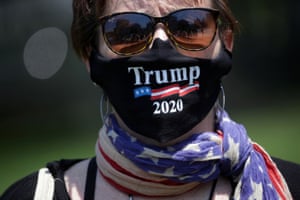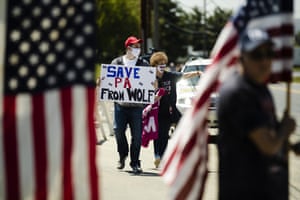Bearing in mind that gaining access to political power remains the
focus of all political parties, they not only attempt to acquire
political power within government but, more importantly, actively work
toward its acquisition and maintenance. In this effort, political
parties try to establish a distinct identity in their effort to attract
the support of the electorate.
In marketing, the way a brand performs is like a system of identification. For Darren Lilleker, brands in politics are primarily communicated through the name, which can be symbolic, or the logo, which can represent what the party stands for. In addition, messages and behavior can signify what the brand represents. Taking this argument further, one can say that a brand is a complex combination that manages to represent a variety of ideas and attributes to what the nature of the party and what it stands for or, else, its identity.
Over the last four decades, radical-right parties in Europe have experienced a rise in their electoral support and managed to turn those who have voted for the party once (new voters) into loyal voters (creating a new voter profile). Various research on the topic has pointed out that this success is the result of abandoning traditional fascist ideology and the adaptation of a more versatile profile combining rhetorical radicalism and figurative policies, together with the adoption of a variety of communication techniques in order to make the parties more appealing to the electorate.
What the parties on the radical right have achieved through this period is to mobilize their identity and establish themselves on the political scene. But to what extent is it possible to glean a party’s identity from its self-identification material? Let’s employ the case study of Greece’s Popular Orthodox Rally (LAOS) party.
But the party hasn’t managed to regain its supporters since, as a large part of the electorate that used to vote for LAOS defected to the right-wing Golden Dawn and the Independent Greeks (ANEL). LAOS’ achievement in the Greek political arena can be explained by its ability to effectively communicate the party identity in its quest to gain electoral support.
In the case of LAOS, the brand is more than simply a logo: It is the political messages, the name, the personalities. According to Article 4 of its 2004 manifesto, “This Party is entitled LA.OS.” The emblem of the party consists of four white arrows in a symbolic sign, which is a green wild olive branch. The arrows and the wild olive branch are embedded in an azure square, while the whole complex is surrounded by a red circle. This has a strong link to Greek mythology.
In marketing, the way a brand performs is like a system of identification. For Darren Lilleker, brands in politics are primarily communicated through the name, which can be symbolic, or the logo, which can represent what the party stands for. In addition, messages and behavior can signify what the brand represents. Taking this argument further, one can say that a brand is a complex combination that manages to represent a variety of ideas and attributes to what the nature of the party and what it stands for or, else, its identity.
How the Radical Right Co-Opted Religion
READ MOREOver the last four decades, radical-right parties in Europe have experienced a rise in their electoral support and managed to turn those who have voted for the party once (new voters) into loyal voters (creating a new voter profile). Various research on the topic has pointed out that this success is the result of abandoning traditional fascist ideology and the adaptation of a more versatile profile combining rhetorical radicalism and figurative policies, together with the adoption of a variety of communication techniques in order to make the parties more appealing to the electorate.
What the parties on the radical right have achieved through this period is to mobilize their identity and establish themselves on the political scene. But to what extent is it possible to glean a party’s identity from its self-identification material? Let’s employ the case study of Greece’s Popular Orthodox Rally (LAOS) party.
People’s Voice
LAOS was the first claimant of the “people’s voice” in the Greek political system, establishing it as the first successful representative of the radical-right family in Greece. The party, whose name is a pun on the Greek word “people,” was formed in 2000 as a splinter group from the main conservative New Democracy (ND) party by the journalist and a former ND MP, Georgios Karatzaferis. Its electoral debut took place on October 13, 2002. In 2004, the party managed to elect Karatzaferis to the European Parliament and, in 2007 and 2012, passed the threshold for election to the national parliament, becoming part of the coalition government under Lucas Papademos.But the party hasn’t managed to regain its supporters since, as a large part of the electorate that used to vote for LAOS defected to the right-wing Golden Dawn and the Independent Greeks (ANEL). LAOS’ achievement in the Greek political arena can be explained by its ability to effectively communicate the party identity in its quest to gain electoral support.
In the case of LAOS, the brand is more than simply a logo: It is the political messages, the name, the personalities. According to Article 4 of its 2004 manifesto, “This Party is entitled LA.OS.” The emblem of the party consists of four white arrows in a symbolic sign, which is a green wild olive branch. The arrows and the wild olive branch are embedded in an azure square, while the whole complex is surrounded by a red circle. This has a strong link to Greek mythology.











